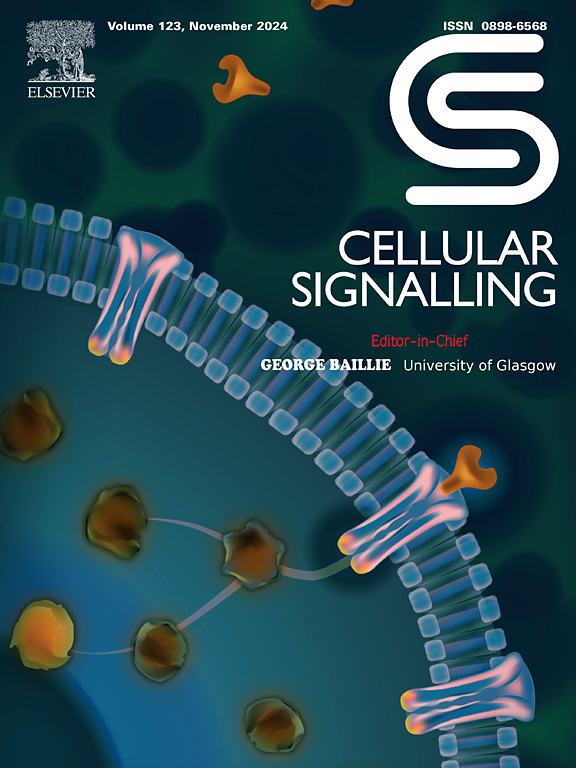The promotion of cell proliferation and invasion in cutaneous squamous cell carcinomas after ARNT downregulation is associated with CXCL3
IF 4.4
2区 生物学
Q2 CELL BIOLOGY
引用次数: 0
Abstract
The aryl hydrocarbon receptor nuclear translocator (ARNT) is a transcription factor associated with adaptive responses to cellular stress. Its role in cutaneous squamous cell carcinoma (cSCC) remains poorly understood. The aim of this study was to investigate the role of ARNT in cSCC. Immunohistochemistry revealed downregulation of ARNT in cSCC, precancerous lesions (actinic keratosis), and cells. Knockdown of ARNT in A431 and SCL-1 cells significantly enhanced cell growth and metastasis. Microarray analysis and Ingenuity Pathway Analysis confirmed that loss of ARNT in A431 cells was highly correlated with cell growth and movement and upregulated CXCL3 expression. Cellular and xenograft experiments further confirmed that ARNT regulates cSCC proliferation and invasiveness in a CXCL3-dependent manner. ARNT may regulate CXCL3 expression through ROS-STAT3 pathway. In conclusion, this study demonstrates that ARNT plays a critical role in the development of cSCC and significantly affects the proliferation and metastatic ability of cSCC cells. It has the potential to serve as an ideal treatment target for cSCC.
ARNT 下调后对皮肤鳞状细胞癌细胞增殖和侵袭的促进作用与 CXCL3 有关。
芳基烃受体核转运体(ARNT)是一种与细胞应激的适应性反应有关的转录因子。它在皮肤鳞状细胞癌(cSCC)中的作用仍鲜为人知。本研究旨在探讨 ARNT 在 cSCC 中的作用。免疫组化显示 ARNT 在 cSCC、癌前病变(光化性角化病)和细胞中下调。在 A431 和 SCL-1 细胞中敲除 ARNT 能显著增强细胞的生长和转移。微阵列分析和 Ingenuity Pathway 分析证实,A431 细胞中 ARNT 的缺失与细胞的生长和移动高度相关,并上调了 CXCL3 的表达。细胞和异种移植实验进一步证实,ARNT以依赖CXCL3的方式调节cSCC的增殖和侵袭性。ARNT 可能通过 ROS-STAT3 通路调控 CXCL3 的表达。总之,本研究表明 ARNT 在 cSCC 的发展过程中起着关键作用,并显著影响 cSCC 细胞的增殖和转移能力。它有望成为治疗 cSCC 的理想靶点。
本文章由计算机程序翻译,如有差异,请以英文原文为准。
求助全文
约1分钟内获得全文
求助全文
来源期刊

Cellular signalling
生物-细胞生物学
CiteScore
8.40
自引率
0.00%
发文量
250
审稿时长
27 days
期刊介绍:
Cellular Signalling publishes original research describing fundamental and clinical findings on the mechanisms, actions and structural components of cellular signalling systems in vitro and in vivo.
Cellular Signalling aims at full length research papers defining signalling systems ranging from microorganisms to cells, tissues and higher organisms.
 求助内容:
求助内容: 应助结果提醒方式:
应助结果提醒方式:


